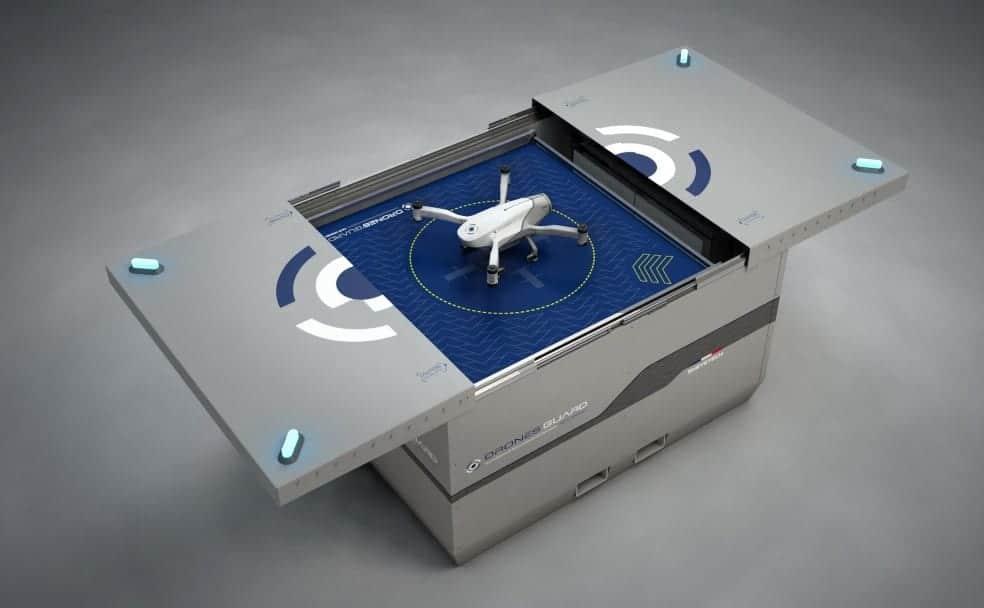Autonomous drones enable pilots to take a more hands-off approach to flying, usually so they can focus more on elements like photography and videography.
Autonomous drones, also known as unmanned aerial vehicles (UAVs) or remotely piloted aircraft systems (RPAS), are aircraft that can operate without direct human intervention or control. These drones are equipped with sensors, GPS, and other technologies that enable them to perform various tasks autonomously, such as navigation, obstacle avoidance, and data collection.

Here are some key aspects and applications of autonomous drones:
- Navigation and Control: Autonomous drones utilize onboard sensors such as accelerometers, gyroscopes, GPS, and sometimes cameras to navigate and control their flight path. Advanced algorithms enable them to maintain stability, follow predefined routes, and adjust their trajectory based on environmental conditions.
- Obstacle Avoidance: Autonomous drones are equipped with obstacle avoidance systems that use sensors (such as ultrasonic, LiDAR, or infrared) to detect obstacles in their flight path and autonomously navigate around them to avoid collisions.
- Applications:
- Aerial Photography and Videography: Autonomous drones are widely used in the film and media industry for capturing aerial footage.
- Surveillance and Security: They are employed for surveillance tasks in various sectors, including law enforcement, border security, and infrastructure monitoring
- Search and Rescue: Autonomous drones equipped with thermal imaging cameras and other sensors can aid in search and rescue operations, helping locate missing persons or survivors in disaster areas.
- Precision Agriculture: Drones equipped with multispectral cameras can monitor crop health, detect pests, and optimize farming practices.
- Delivery Services: Companies are exploring the use of autonomous drones for delivering packages, especially in areas with difficult terrain or limited infrastructure.
- Mapping and Surveying: Drones can autonomously map terrain, monitor environmental changes, and create detailed 3D models of landscapes.
- Auto charging: The drone, after performing the attached task, is charged automatically.